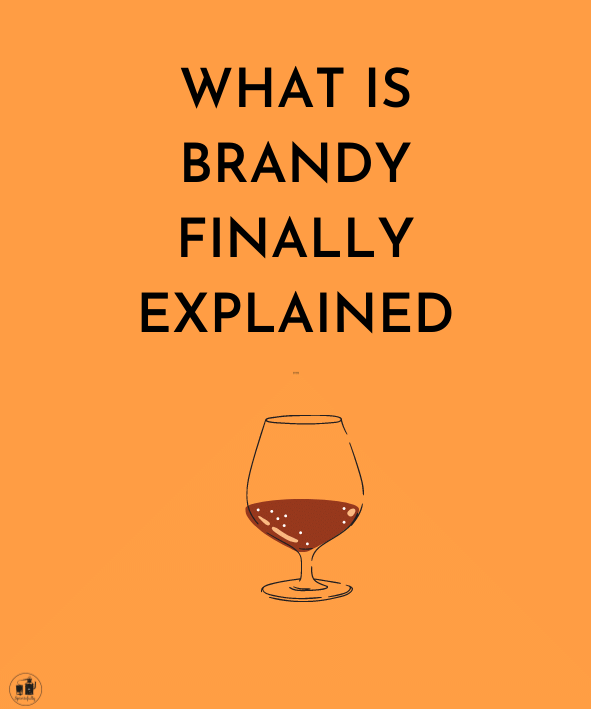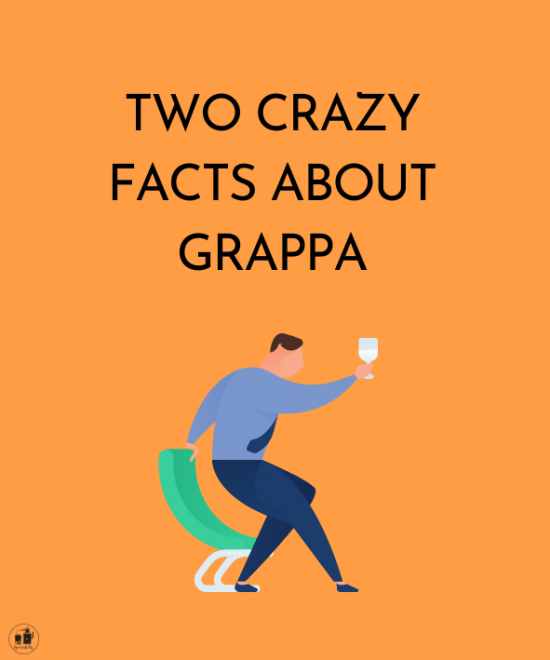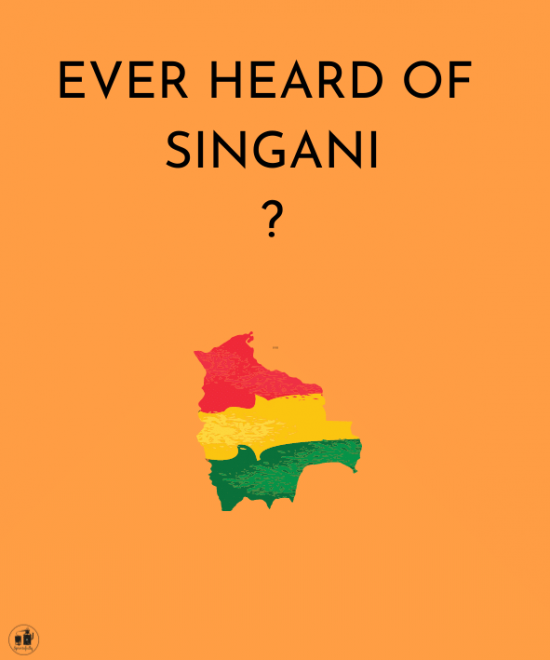Let’s avoid any boring intro and go straight to the fact: Brandy (from brandywine, derived from Dutch brandewijn, gebrande wijn or “burned wine”) is a spirit produced by distilling wine.
ARE GRAPPA? CALVADOS? PISCO? COGNAC ALL BRANDIES?
-> YES.
The term is also in use to refer to liquors obtained from fermented fruit juice, or mash or wine of other fruits (other than grapes). Plum-, apples-, abricot-, cherries-, pears-based spirits are indeed also called fruit brandies or eaux-de-vie.
This is how applejack or Calvados can also be considered as brandies.
In general there are many types of brandy found across the winemaking regions of the world. It differs widely according the the grape variety and distillation habits. Some brandies are aged in wooden casks, some coloured with caramel, some both and some remain transparent
Here is a short list:
Cognac (France)
Armagnac (France)
Pisco (Peru, Chile)
Brandy de Jerez (Spain)
Penedes Brandy (Spain)
Kanyak (Turkey)
Stravecchio (Italy) (which is already a brand, most brandy have no generic appellation but are known through their brand name like the India based McDowell’s No 1 or Philippines-based brand Emperador Deluxe (two of the most sold brandies worldwide!).
The term is also used to refer to spirits made from grape must, i.e. pomace brandy, made using grapes with their stems, skins and seeds. The most known examples: fine, marc, grappa.
Why burnt wine?
Because the wine is heated (burnt) during the distillation process. The story goes that Dutch shipmaster began the practice by concentrating wine for shipment, intending to add water upon reaching home port, but the concentrated beverage immediately seduced everyone. And no more water was added back.
Is sherry a brandy?
No. Some english speaking individuals also use the term brandy for sherry or port but those liquors are actually not even spirits but fortified wines. A fortified wines is a wine to which pure alcohol has been added (to make it simple). The wine itself is not distilled.
Wikipedia! help!
If you need more details, here are the EU and US definition, as found in Wikipedia. Because precision matters.
In the European Union, there are regulations that require products labelled as brandy, except “grain brandy”, to be produced exclusively from the distillation or redistillation of grape-based wine or grape-based “wine fortified for distillation” and aged a minimum of six months in oak. Alcoholic beverages imported to the EU from the United States or other non-EU states can be sold within the European Union using labels that refer to them as “fruit brandy” or “pomace brandy”, but such a label cannot be used in the EU for products produced in an EU-member state.
In the US, brandy that has been produced from other than grape wine must be labelled with a clarifying description of the type of brandy production such as “peach brandy”, “fruit brandy”, “dried fruit brandy”, or “pomace brandy”, and brandy that has not been aged in oak for at least two years must be labelled as “immature”
Within the European Union, the German term Weinbrand is legally equivalent to the English term “brandy”, but outside the German-speaking countries it is particularly used to designate brandy from Austria and Germany.




